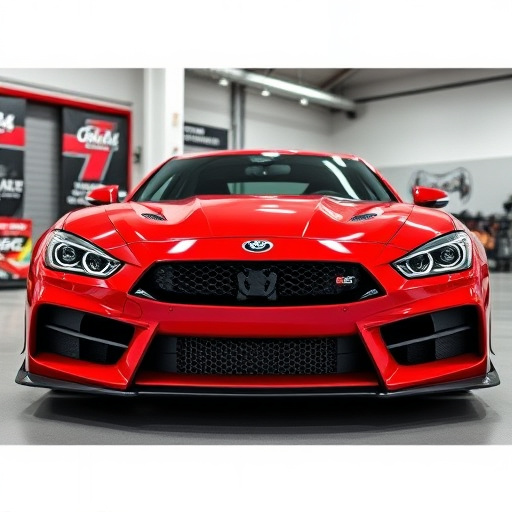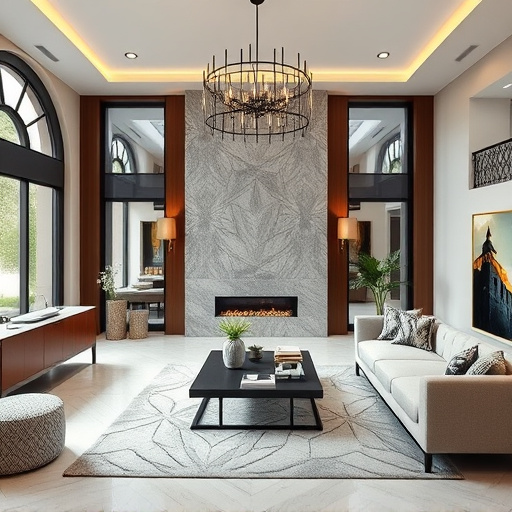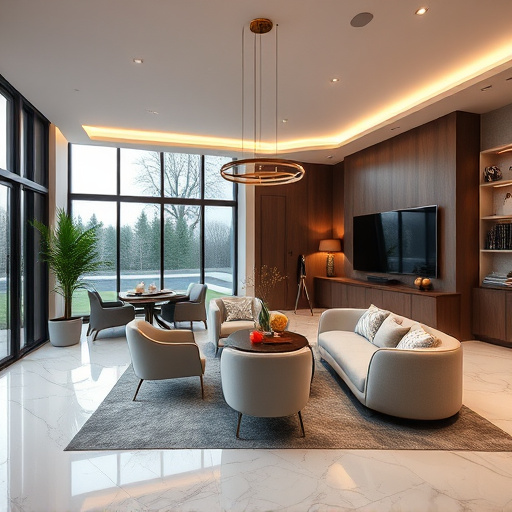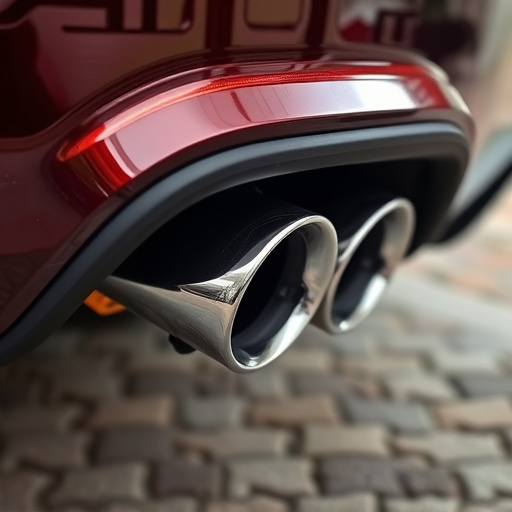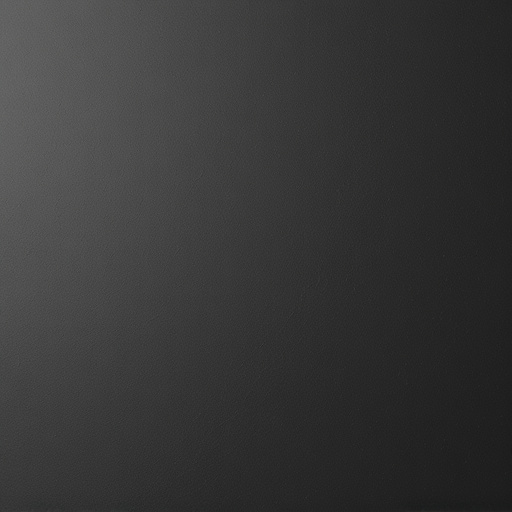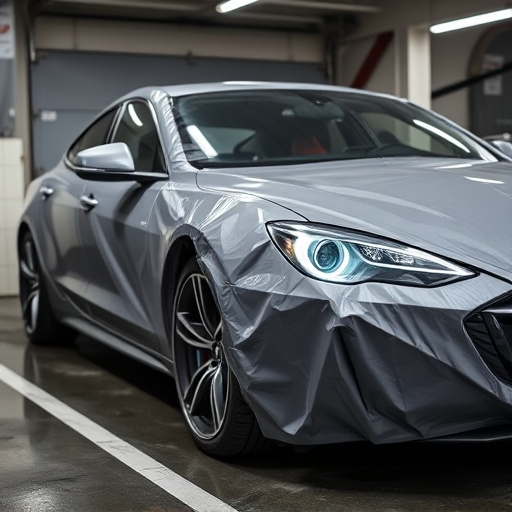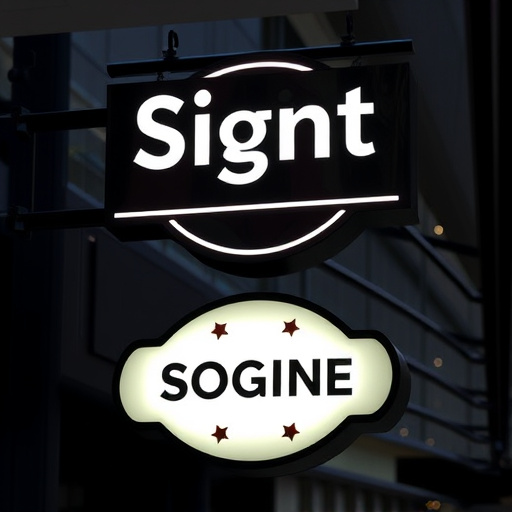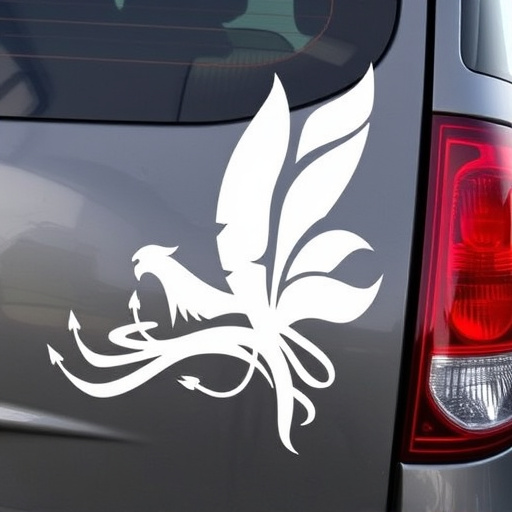Memorable business card design combines visual appeal, clarity, and minimalism with brand identity elements like color, shape, and typography. Practical aspects such as durability and material choices enhance user satisfaction. Strategic contact information placement and simplicity build connections. Thoughtful design aligns with user perception for a positive brand experience.
In today’s digital age, a well-designed business card remains a powerful tool for networking. The psychology behind effective business card design influences how your card is perceived and remembered. This article delves into the key elements that drive user preferences, from understanding visual cues like colors, shapes, and typography to optimizing contact information placement. By exploring these aspects, you can create a compelling business card design that leaves a lasting impression.
- Understanding User Perception and Preferences
- Visual Elements: Colors, Shapes, and Typography
- Contact Information: Clarity and Placement Strategy
Understanding User Perception and Preferences
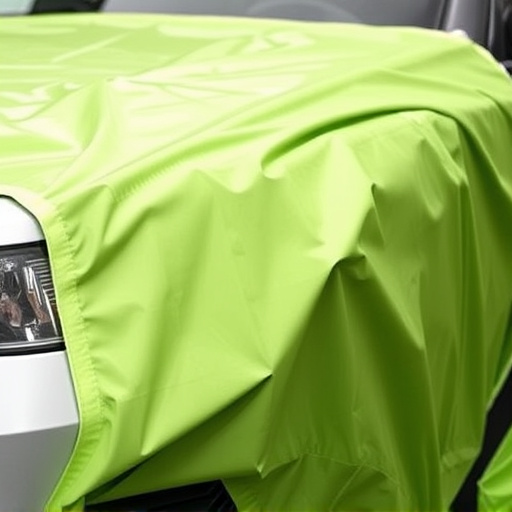
In the realm of business card design, understanding user perception and preferences is paramount to creating cards that resonate and leave a lasting impression. Users often form judgments about a brand or individual within seconds, and their business card can significantly influence this initial perception. Research shows that aesthetics play a crucial role in how people perceive and remember information. Thus, designing business cards with an eye for visual appeal, clarity, and minimalism can enhance memorability. Incorporating modern design elements, such as subtle color schemes or innovative layouts, can make a business card stand out, reflecting the brand’s identity and values.
Additionally, considering practical aspects like durability, texture, and material choices is essential for user satisfaction. For instance, incorporating heat-rejection properties in the design (while not directly related to aesthetics) ensures comfort during handshakes, showcasing attention to detail. Similarly, features that provide UV protection can add a layer of value, especially in outdoor settings or regions with intense sunlight. These thoughtful touches contribute to a positive user experience and reinforce the professionalism projected by the business card.
Visual Elements: Colors, Shapes, and Typography

The visual elements in a business card design play a pivotal role in capturing attention and conveying brand identity. Colors, shapes, and typography are instrumental tools in creating a memorable and effective card. Vibrant hues can instantly draw focus, with specific colors evoking different emotions; for instance, blues often convey trust and professionalism, while warm tones like oranges and reds signal energy and enthusiasm. Incorporating contrasting or complementary shades further enhances visual appeal and makes the card stand out among its peers.
Shapes add another layer of symbolism and can subtly communicate a company’s nature. Geometric forms can evoke modernity and precision, while organic shapes may suggest creativity and flexibility. Typography, the art of type design, is equally crucial. A clean, legible font reflects a focus on clarity and accessibility, while a bolder, more stylized choice might represent innovation and distinctiveness. Consider the feel and tone your business card should project—whether it’s sophisticated, playful, or adventurous—and use these visual elements strategically to achieve that desired impact, even incorporating protective coatings like UV protection for added durability and vehicle wraps for innovative branding opportunities.
Contact Information: Clarity and Placement Strategy
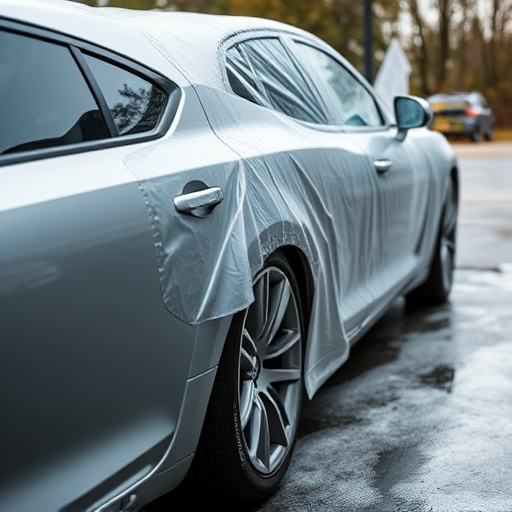
In the realm of business card design, contact information serves as the cornerstone for facilitating connections and fostering relationships. The psychology behind its presentation is profound; clarity and strategic placement can significantly enhance a business card’s effectiveness. Each element—from phone numbers to email addresses—should be easily readable at a glance, ensuring potential clients or partners can access the right contact method with minimal effort. This simplicity is key to creating a positive first impression, encouraging follow-up interactions, and ultimately converting a casual encounter into a meaningful connection.
A thoughtful placement strategy further reinforces this concept. Consider aligning critical contact details along the most frequently viewed edges of the card, mirroring how people naturally scan information. Additionally, incorporating protective coatings or vinyl wraps not only adds a sleek aesthetic but also serves as a subtle heat rejection layer, ensuring the longevity of essential data and maintaining the card’s professional allure over time.
In crafting an impactful business card design, understanding human psychology is key. By considering user perception and preferences, incorporating visually appealing colors, shapes, and typography, and strategically placing essential contact information, you can create a card that fosters positive impressions and enhances professional networking. These design elements not only attract attention but also facilitate easy recall, ensuring your business card serves as a powerful tool for building lasting connections in any industry.

